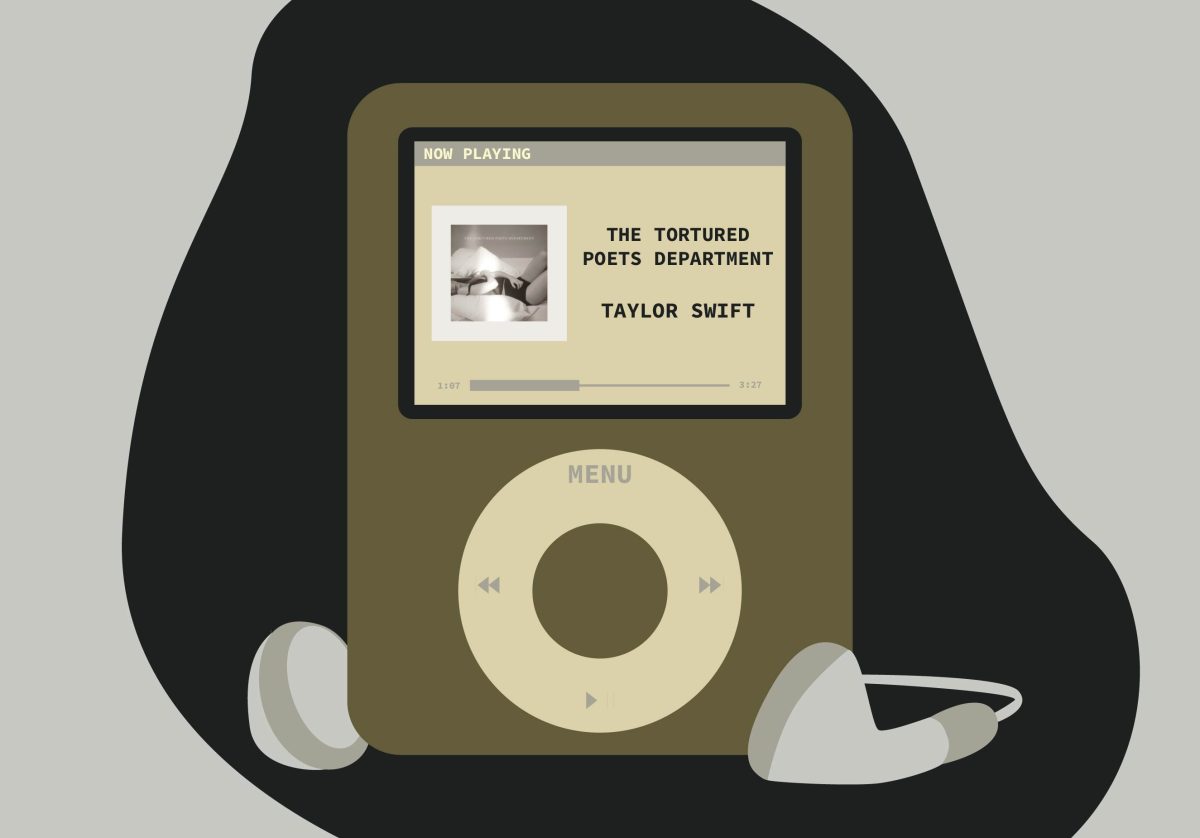Forever 21 is a college girl’s one-stop dream shop for cute, cheap and fashion-forward dresses and outfits appropriate for nearly every imaginable occasion, from summer wedding to cocktail hour downtown. Its designs are on-trend and current, supporting the claim that ready-to-wear fashion is totally accessible to all. Its bright yellow bags are a common sight on the arms of said young ladies, but behind its cheerful chaos, blaring pop music and $19.80 “silk” sundresses, there are ethical issues at play.
Upon entering the fluorescent-bright world of Forever 21, the trained eye can quickly and easily zoom in on the chain’s very sly mimicry of the fashion world’s chicest minidresses or chunkiest Marni necklaces. (Its secondary store, the accessory-themed For Love, is a treasure chest of too-literal runway pieces from Marni, Lanvin and Prada; just go inside with your savviest friend and watch them label each piece and its point of origin.) It’s a bit like New York City’s famed famed Canal Street, what with its counterfeit Prada bags and True Religion jeans; only at Forever 21 the copying is less about logo and more about colors, patterns, and silhouettes. A designer’s label is protected by law, but its ideas and styles are much more difficult to safeguard.
The folks at Forever 21 have had their knockoff-Louboutin patent leather booties in this mess before. Designer Diane von Furstenberg sued the mall chain in March 2007 for their “Sabrina” patterned minidress, which was a flawless copy of her “Ceriser” style which had previously been worn by Lindsay Lohan. The Forever 21 version retailed for a fraction of the DVF; sure, its $31.90 price tag was friendlier than Diane’s $325, but where is the invisible line drawn between “designer-inspired” and “straight-up copying?” When do you start feeling guilty about donning the DVF rip-off you paid so little for?
The chain has also stolen ideas from Gwen Stefani’s Harajuku Lovers line of clothing and accessories, which you can purchase for much less than her L.A.M.B. line, and from designer Anna Sui. Both Stefani and Sui have filed lawsuits against the company as well.
Of course, the trendy mall favorite isn’t the only store doing damage to designers’ pocketbooks. Shoe designer Steve Madden is constantly under fire for his reproductions of stilettos that once walked the runway at Miu Miu, and even Minneapolis retail giant Target has come under fire recently for their admiration of runway designs. Diane von Furstenberg sued Target in January 2008 for a design she felt too closely mimicked her trademarked “spotted frog” pattern. Target took the dress in question off its Web site but it was still available in retail stores, and no agreement has been made yet.
Golden boy Marc Jacobs isn’t immune to the controversy either. The designer was sued for plagiarism when a Swedish family noticed a Marc Jacobs label silk scarf bore suspicious resemblance to their family’s design, which had been sold as a souvenir of Sweden for years.
The funny thing about Forever 21 is that its reproductions often come from names less famous in the fashion world. They rarely knock off Chanel or Dior, but instead take their inspiration from younger designers like Philip Lim and Jonathan Saunders, or from secondary lines like Marc by Marc Jacobs. The top you admired on the Marc by Marc spring runway can be yours, with a cheaper fabric, a skewed color palette and a shoddy hem, at Forever 21 several months after its runway debut.
And the difference between your Marc lookalike and the real thing: quality. Whereas in a designer’s studio each garment has been created with the best resources possible, at Forever 21 the pieces are made of cheap materials like polyester blends and are notorious for their poor closet lifespan. Both pieces may be made in China, but the example from the mass-market store has the likelihood to fall apart in the washer, shrinks or lose its buttons after one wear. For a retailer as gigantic as Forever 21, the goal of its designers and manufacturers is to crank out as many pieces as possible, prioritizing quantity over quality. They aim to get designs on the selling floor as soon as they can, and the garment suffers because of it.
One could argue that Forever 21 is doing something great by bringing fashion to the masses, who may not be able to afford what’s selling at Nordstrom. But is it?
When does idea-borrowing stop being an honor and start being a nuisance? Like the friend who admires your dress and then purchases one of her own and styles it in exactly the same way, this copying can be tiring. And though the offerings of Forever 21 and Steve Madden aren’t counterfeit products being touted as real, is it still unethical to purchase them? Whereas counterfeit bags bought off the street are highly illegal and their profits can go to organized crime, says the International AntiCounterfeiting Coalition, the profits from Forever 21 go to its owners, who chose to print the words “John 3:16” on the bottom of those cheery yellow bags.
In the end it’s the consumer and their individual ethical standpoint that will ultimately create change or resist it. Your dollar is power, so spend it wisely.















